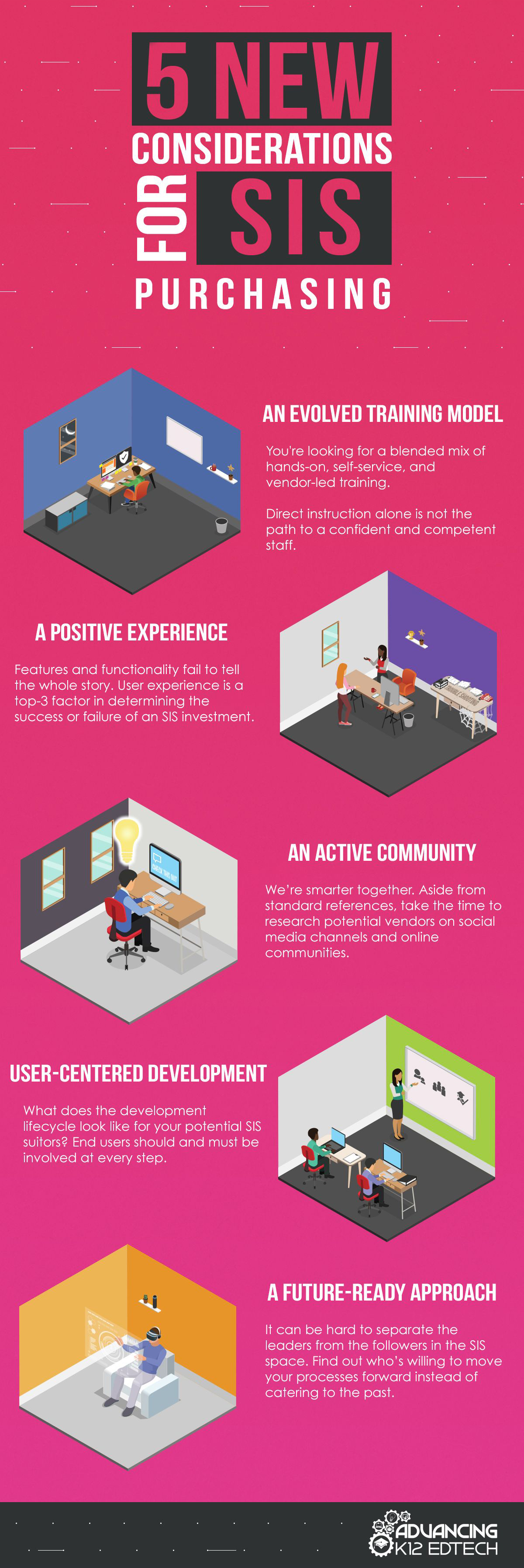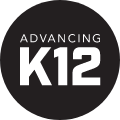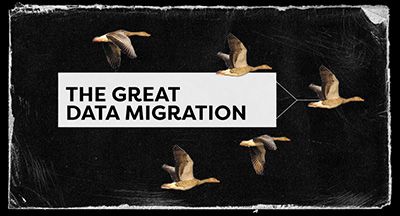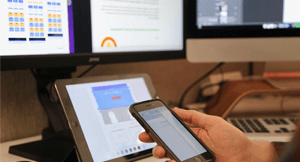
If it has been years (or decades) since your district’s last Student Information System (SIS) purchase, today’s landscape might be virtually unrecognizable. It’s a user-first market where you can expect to not only find a tool that works, but one that you’ll love using. Here’s an inside look at 5 non-traditional aspects of modern SIS purchasing to consider.
1. An Evolved Training Model
The training and development opportunities offered by software companies have historically included little more than direct instruction and documentation. But learning has never been a one-size-fits-all endeavor, and in today’s purchasing environment, you can expect a training model that has something to offer every one of your end users.But what does an evolved training model look like? You're looking for a blended mix of hands-on, self-service training opportunities. Direct instruction is not the path to a confident and competent staff – not to mention that the associated requirements for refresher training can be a strain on your budget. Look for multimedia training opportunities that can get all staff members up to speed in the areas that matter and can help your leaders become seasoned experts.
2. A Positive Experience
A baseline expectation is that your new SIS will make it easier to serve students better. But districts that deal with ineffective products or botched implementations are left with more headaches than help. It’s no wonder user experience is a top-3 factor in determining the success or failure of an SIS investment.What good are features and functions if the road to them is paved with obstacles? From initial interactions through implementation and beyond, your experience matters. How can you tell what you’ll be getting? Ask to see the average customer lifespan and retention rate for each potential vendor, comb through proposals for hidden costs, and put extra weight on references and research. A positive experience is not too much to ask for.
3. An Active Community
Are you buying a product or are you joining a community? An active user community indicates that customers are getting more out of their investment than the license to use software. Opportunities like user group conferences and professional development events help staff excel in their roles, which in turn has a positive impact on the climate and culture of your district.Aside from standard references, take the time to research potential vendors on social media channels and online communities. No matter your learning preferences, you should be able to find vibrant online spaces where you can give and get answers, share tips and insights, and leave the silo mentality in the past. We’re smarter together, and on this journey, there’s no reason to go it alone.
4. User-Centered Development
What does the development lifecycle look like for your potential SIS suitors? In every corner of the tech industry, vendors that can turn their knowledge of and empathy for the end user into a better experience enjoy the most success. After all, nobody knows more about what you need than you do.What role do users play in shaping the future of the product? End users should – nay, must – be involved at every step. This looks different from company to company, but one thing is consistent across the board – vendors that don’t offer a chance to participate in user research and share feedback will be ill-equipped to compete with those who have well-established strategies for user-centered development.
5. A Future-Ready Approach
It can be hard to separate the leaders from the followers in a rapidly changing SIS market. But as you spend time watching demos and poring over proposals, the difference between a vendor that’s leading the way and one that’s scrambling to catch up will become apparent. When it comes to developing a future-ready approach, some characteristics are vital:A culture of learning: It’s not enough for a vendor to prepare you for day 1. The best tech vendors are partners in learning that provide what you need for sustained improvement.
A dedication to growth: A solution that meets your needs today will quickly become obsolete unless the vendor is committed to constant progress. Find out who's willing to move your processes forward instead of catering to the past.
A commitment to transparency: Forward-thinking vendors have a vision for the future of their product, and they aren’t afraid to give you a peek at the roadmap.

Your district's needs are unique, and your SIS should be, too. If you begin the process of change with an understanding of what to expect, you'll be better prepared to select a system that will have a positive impact on your school culture for years to come.
Check out Four Ways to Save Money in EdTech Purchasing to learn how savvy fiscal managers can save their districts thousands of dollars.
WHAT'S NEXT FOR YOUR EDTECH? The right combo of tools & support retains staff and serves students better. We'd love to help. Visit skyward.com/get-started to learn more.

|
Advancing K12 Staff Edtech Thought Leader |




